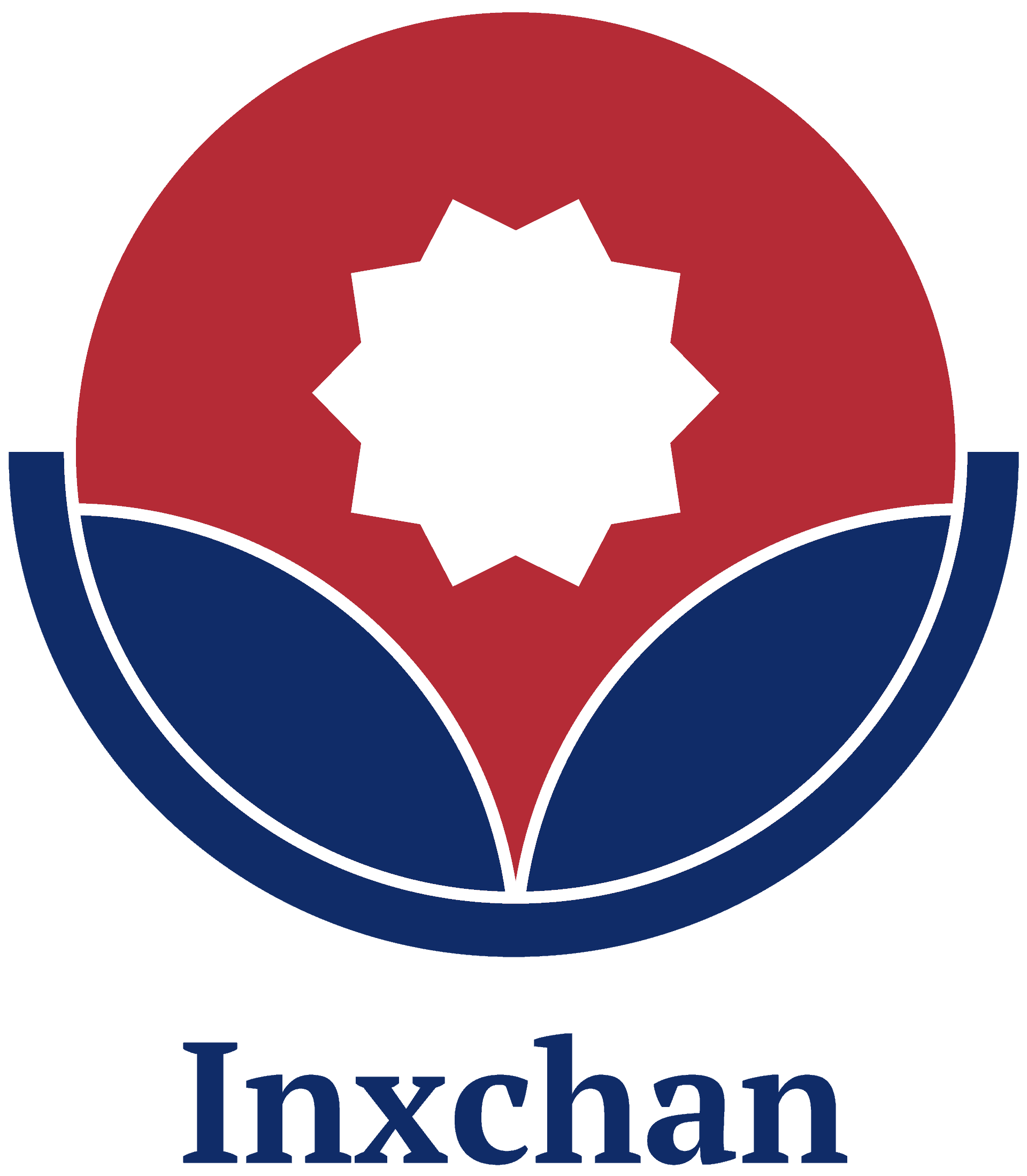Artificial intelligence (AI) offers huge benefits to any business. These include accelerating processes, getting value from company data and providing clients with a better experience.
However, AI systems can be expensive to build and implement. Therefore, a company should carefully plan how to implement it. This can be done by focusing on the most important use cases and minimizing the development cost.
Price optimisation
Pricing optimization is one of the most important factors in profit growth. Without it, you risk leaving money on the table or losing profitable sales to competitors.
Price optimisation is the process of calculating and using price elasticity to optimize prices across different customer segments and market conditions. It also ensures you’re meeting revenue and margin goals in every selling scenario.
Traditional price optimization methods rely on data aggregation and rule-based models. These are insufficient to meet the ever-growing demands of modern business, where new market triggers force businesses to change their pricing strategies often.
Customer segmentation
Customer segmentation allows businesses to identify groups of customers with similar needs and tailor their marketing messages accordingly. This can improve revenues, repeat rates and share of wallet.
Unlike market segmentation, which looks at the entire marketplace, customer segmentation is more focused on your specific audience. It also provides a way for businesses to make better use of their marketing budgets, which is especially beneficial for direct-to-consumer brands and B2B companies with limited resources.
One example of how AI can be used for customer segmentation is by using machine learning. This can help big enterprises as well as medium businesses to dig through large chunks of data and find insights that may otherwise be hard to access.
Another approach is RFM based segmentation, which uses recency, frequency and monetary value to determine customer engagement. This enables companies to create more personalized and relevant campaigns without the need for complex software or external data scientists.
Competitive intelligence
Competitive intelligence is the process of identifying trends in the market, competition, and business rivals. It also includes understanding the impact of events on major stakeholders and distributors.
Ideally, competitive intelligence assembles information from diverse published and unpublished sources. Its goal is to produce a clear enough portrait of the marketplace so that the company can anticipate and respond to changes before they happen.
The best competitive intelligence solutions provide access to the data in real-time. They also have the capability to analyze and interpret it quickly.
Today’s dynamic and unpredictable markets mean pricing is a critical business priority for many companies. This requires ongoing price optimization and the ability to structure new commercial models that can increase profit.
One way to ensure you’re getting the most out of your competitive intelligence is to proactively collect and activate your sales reps’ pricing intel. This will enable them to take advantage of their competition’s pricing and help accelerate the sales cycle.
Predictive analytics
Predictive analytics is a set of data-driven techniques that allow businesses to anticipate what may happen in the future. It is used for a variety of purposes, including customer retention, fraud detection, manufacturing and more.
Often, predictive models make use of machine learning algorithms that automatically learn from past data. This can enable the AI model to accurately predict outcomes based on current and historical information.
Many predictive analytics tools can be applied to a wide range of data types, from text and audio recordings to social media postings and financial transactions. Common techniques include decision trees, regression analysis and neural networks.
Businesses that sell products whose prices depend on market demand or competitive pricing are ideal candidates for AI-based predictive pricing solutions. Retailers can use this technology to analyze sales trends, customer demographics and real-time market data to determine the best price for a product. This can lead to more sales, a better user experience and greater profit margins.
